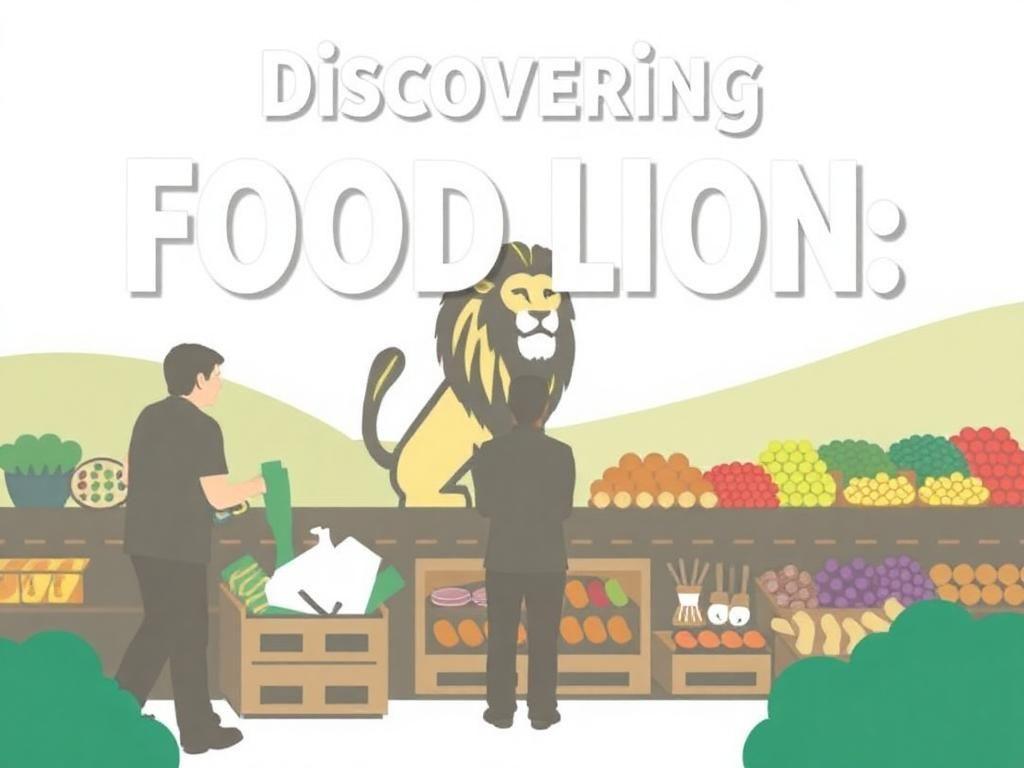Communicating effectively through professional email is an essential skill in today’s work environment. Whether you’re responding to a job offer, initiating a collaboration, or developing partnerships, the way you express your enthusiasm and readiness to engage can significantly impact the relationship. This is where the looking forward to working with you email comes into play. It’s not just a message; it sets the stage for positive collaboration and builds rapport right from the start.
Crafting a message that conveys eagerness while remaining professional can help create a welcoming atmosphere for future interactions. This article will delve into the purpose, key components, best practices, and common mistakes to avoid when writing a “looking forward to working with you email.”
Purpose of “Looking Forward to Working with You” Emails
Establishing Professional Relationships
In professional environments, establishing a strong connection can influence future interactions. A looking forward to working with you email is a powerful tool for fostering positive communication. It serves as an opening for rapport, illustrating your willingness to collaborate. Research shows that positive communication can aid in building productive relationships, making these emails crucial for job offers or collaborations.
Setting the Tone for Future Collaboration
This type of email also sets a tone for future collaboration. It creates a welcoming atmosphere, showing that you are not only professional but approachable. A tone of open communication encourages future dialogue, making it easier for recipients to engage with you.
Key Components of a “Looking Forward to Working with You” Email
Subject Line
A clear and engaging subject line is critical in capturing the recipient’s attention. A few effective examples might include:
– “Excited to Collaborate on [Project Name]!”
– “Acceptance of Job Offer – Eager to Start!”
– “Looking Forward to Our Partnership in [Area]!”
These subject lines not only provide clarity about the email’s purpose but also set an enthusiastic tone.
Greeting
Personalizing the greeting can foster a better connection. Use appropriate titles and names to ensure the email feels individualized. For instance:
– “Dear [Recipient’s Name],” is more engaging than a generic greeting.
Showing that you know and value the person on the receiving end can enhance the rapport.
Body of the Email
The body of your email should express excitement about the collaboration. Here are some crucial points to include:
1. **Expressing excitement**: Mention how thrilled you are about the opportunity or upcoming collaboration.
2. **Highlighting specific aspects**: Discuss the projects, expertise, or elements of the partnership that you’re particularly enthusiastic about.
3. **Offering reassurance**: Calm any potential apprehensions by showing your commitment to making the collaboration successful.
Call to Action
Inviting a response or outlining next steps keeps the communication flowing. Establish timelines for discussions, reinforcing the engagement’s momentum. A suggestion like “Could we schedule a call next week to discuss further?” encourages immediate action.
Closing
Conclude with appropriate remarks that reiterate your excitement. Signing off with a professional tone is crucial. Options such as “Looking forward to our collaboration,” or “Excited to start our journey together!” leave the door open for further communication. Ensure you end with a professional sign-off like, “Best regards,” or “Sincerely.”
Tone and Language
Importance of Professionalism
Finding the right balance between friendliness and professionalism is essential. Ensure your language is industry-appropriate. This aligns your communication with the expected decorum of the professional setting.
Showing Enthusiasm
Utilize positive language and exclamation points where suitable. An appropriate use of enthusiasm can make your emails more engaging. Avoid overly casual phrases to maintain a respectful tone in professional contexts.
Tailoring the Tone
Adjusting the tone to suit the recipient is crucial. While some may appreciate a casual approach, others might prefer formality. Always consider cultural differences and norms in professional communication, as these can influence how your message is received.
Examples of “Looking Forward to Working with You” Emails
Job Offer Acceptance
Subject: Excited to Accept the Job Offer!
Dear [Hiring Manager’s Name],
I am thrilled to accept the offer for the [Job Title] position with [Company Name]. I am particularly drawn to the innovative projects and the team’s commitment to excellence.
Looking forward to working with you and the team to contribute my best. Please let me know the next steps!
Best regards,
[Your Name]
Key phrases to include:
– “Thrilled to accept”
– “Excited to contribute”
– “Looking forward to our collaboration”
Collaboration Invitations
Subject: Invitation to Collaborate on [Project Name]
Dear [Colleague’s Name],
I hope this message finds you well! I would love to collaborate with you on the [Project Name]. Your expertise in [specific area] aligns perfectly with the objectives we have in mind.
I believe working together could lead to some remarkable outcomes! Let’s explore how we can integrate our ideas.
Warmly,
[Your Name]
Key phrases to emphasize mutual interests:
– “Aligns perfectly”
– “Exploring ideas together”
– “Remarkable outcomes”
Post-Meeting Follow-Up
Subject: Great Meeting – Looking Forward to Next Steps!
Hi [Recipient’s Name],
Thank you for a productive meeting! I’m excited about the direction we’re headed and can’t wait to start working on the action points discussed.
Could you please provide an update on [specific action point] by next week?
Looking forward to our collaboration!
Best,
[Your Name]
Common Mistakes to Avoid
Lack of Personalization
Avoid generic messages that lack personalization. Tailoring your email to the specific recipient enhances connection and shows effort.
Being Overly Formal or Informal
Striking the right balance is crucial. An overly formal email can come off as stiff, while an informal tone might seem unprofessional. Assess the context and the recipient’s expectations carefully.
Neglecting Follow-up
Following up is vital for maintaining momentum in communication. A prompt follow-up reinforces your commitment and keeps the conversation active.
Best Practices for Writing Effective “Looking Forward to Working with You” Emails
Reviewing Before Sending
Before hitting “send,” check for typos and grammatical errors. Ensure the clarity and professionalism of your email. A well-polished email shows your attention to detail and respect for the recipient.
Timing of the Email
Timing is critical. Sending your email promptly after receiving an offer or proposal conveys enthusiasm and reinforces your commitment to the opportunity.
Keeping It Concise
Respect your recipient’s time by keeping your email concise. Ensure that every sentence adds value and avoid overly lengthy emails, which can be tedious to read.
Conclusion
Expressing eagerness in professional communications is essential for building strong relationships. Adopting a positive and proactive approach in your emails can foster collaboration and lead to successful partnerships.
Additional Resources
– [Email Templates](https://www.indeed.com/career-advice/career-development/email-templates) for professional communication
– [Professional Writing Tips](https://hbr.org/2021/10/how-to-improve-your-writing-skills) from Harvard Business Review
Frequently Asked Questions
1. What should I include in a “looking forward to working with you email”?
Focus on expressing excitement, mentioning specific interests, and offering next steps.
2. How can I personalize my emails effectively?
Use the recipient’s name, relevant details from your previous interactions, and tailor the tone to fit their style.
3. Is it necessary to follow up?
Yes, following up helps maintain momentum and shows your commitment to the collaboration.
4. Can I use emojis in professional emails?
Use emojis cautiously; they may not be suitable for all professional contexts. Assess the company culture before including them.
5. How formal should my language be?
Choose a tone that fits the context of your communication; aim for professionalism without being overly stiff.
6. What if I don’t receive a response?
If you don’t receive a response within a reasonable timeframe, consider sending a polite follow-up email.
7. How can I maintain enthusiasm in my writing?
Utilize positive, proactive language and express excitement about potential opportunities and collaborations.
8. Should I include a signature in my emails?
Yes, a professional signature adds credibility and gives recipients all the necessary contact information.
9. Can I use a “looking forward to working with you email” template?
While templates are helpful, make sure to personalize them for each situation to maintain authenticity.
10. How do I know when to send a “looking forward to working with you email”?
Send this email promptly after a job offer, partnership proposal, or after an important meeting to reinforce your enthusiasm.
Table Summary of Key Points
| Section | Key Points |
|---|---|
| Purpose | Establish relationships, set collaboration tone |
| Components | Subject line, Greeting, Body, Closing |
| Tone | Balance professionalism with enthusiasm |
| Examples | Job acceptance, collaboration invites, follow-ups |
| Common Mistakes | Lack of personalization, wrong tone, neglecting follow-up |
| Best Practices | Review, timing, conciseness |
The looking forward to working with you email plays a pivotal role in forging robust professional relationships and setting the stage for successful collaboration. Through attention to detail, a focus on personalization, and a commitment to effective communication, you can maximize the impact of your professional emails.




